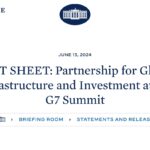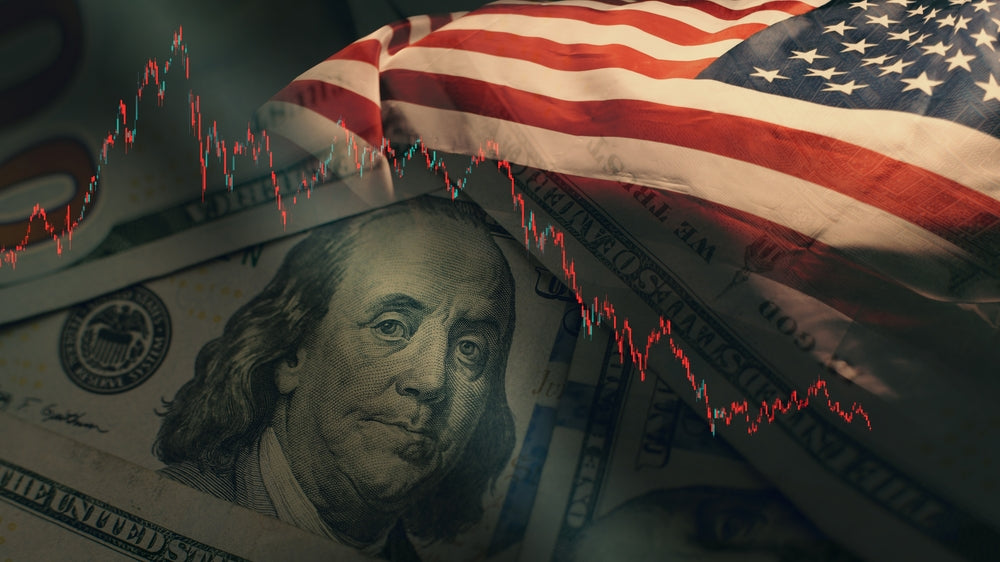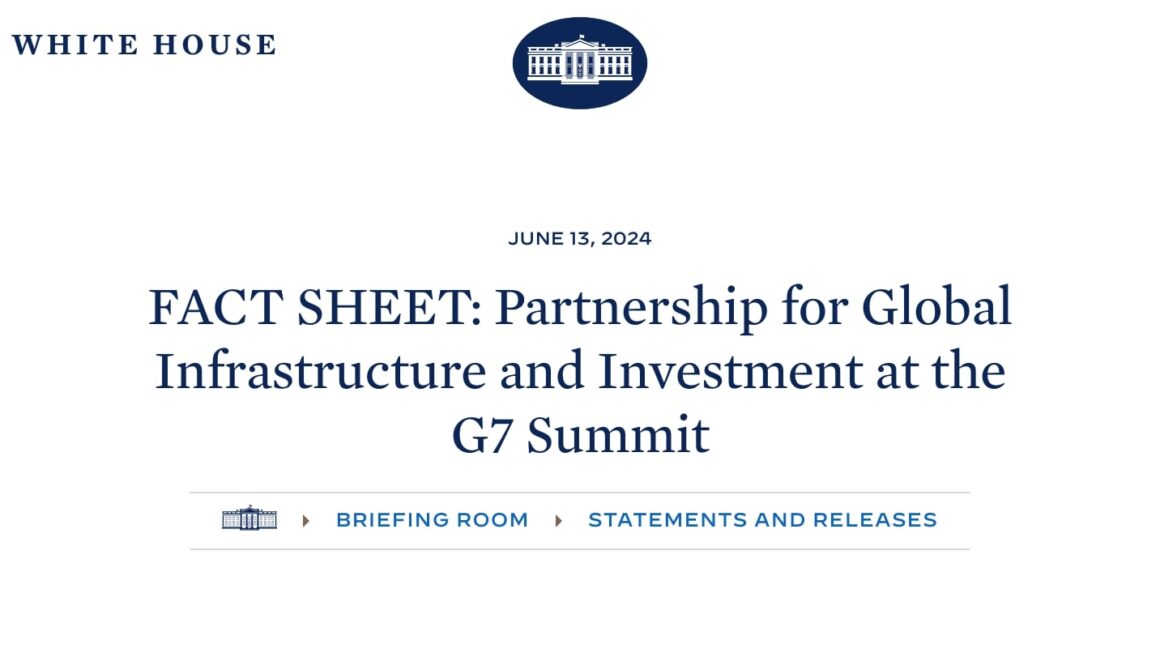In recent years, de-dollarisation has become a hot topic in the world of finance. Countries around the world are increasingly looking to reduce their dependence on the US dollar as the world’s reserve currency. This shift has been described as happening at a “stunning” pace, with some experts predicting that the dollar’s dominance may be coming to an end. In this article, we’ll explore what de-dollarisation is, why it’s happening, and what it means for the global economy.
What is De-Dollarisation?
De-dollarisation is the process by which countries reduce their dependence on the US dollar as the world’s reserve currency. For decades, the US dollar has been the dominant currency in international trade and finance. This has given the United States significant power and influence over the global economy. However, as other countries have grown in economic strength, they have sought to reduce their reliance on the dollar and increase their use of other currencies.
Why is De-Dollarisation Happening?
There are several reasons why de-dollarisation is happening. One of the main reasons is the desire by other countries to reduce their exposure to US economic and political power. The US has used its position as the world’s reserve currency to impose economic sanctions on other countries. This has led many countries to seek alternatives to the dollar in order to avoid being subject to these sanctions.
Another reason for de-dollarisation is the growing economic power of countries like China and Russia. These countries have been pushing for a more multipolar world order, where the US is not the sole superpower. They see reducing the dominance of the US dollar as a way to challenge US power and increase their own influence in the global economy.
The Impact of De-Dollarisation
The impact of de-dollarisation on the global economy is still uncertain. Some experts believe that it could lead to increased economic instability and volatility. Others argue that it could lead to a more balanced and stable global economy, with multiple currencies playing a greater role in international trade and finance.
One potential impact of de-dollarisation is on the value of the US dollar itself. As more countries reduce their dependence on the dollar, the demand for the currency could decrease, leading to a decline in its value. This could have significant implications for the US economy, as it would make imports more expensive and could lead to higher inflation.
Another potential impact of de-dollarisation is on the international financial system. The US dollar has been the dominant currency in international finance for decades. If other currencies were to play a larger role, it could lead to a more decentralised and complex financial system.
Challenges to De-Dollarisation
Despite the growing momentum behind de-dollarisation, there are several challenges that could slow or reverse the trend. One of the biggest challenges is the lack of a viable alternative to the US dollar. While other currencies like the euro and the yuan have gained in prominence, none has yet emerged as a true challenger to the dollar’s dominance.
Another challenge is the entrenched interests of the US and its allies. The US has significant power and influence over the international financial system, and it is likely to resist any attempts to reduce the role of the dollar. Additionally, many countries around the world have deep ties to the US and may be reluctant to take actions that could harm these relationships.
Conclusion
De-dollarisation is a complex and multifaceted trend that is reshaping the global economy. While the full impact of this trend is still uncertain, it is clear that the US dollar’s dominance is being challenged like never before. As more countries seek to reduce their dependence on the dollar, the global financial system is likely to become more complex and decentralised. Whether this will lead to greater stability or increased volatility remains to be seen, but one thing is clear: the era of the US dollar as the world’s sole reserve currency may be coming to an end.
FAQs
-
What is the world’s reserve currency? The world’s reserve currency is the currency that is held in significant amounts by governments and institutions around the world for the purpose of international trade and finance. For decades, the US dollar has been the dominant reserve currency.
-
Why is the US dollar the world’s reserve currency? The US dollar became the world’s reserve currency in the aftermath of World War II, when the US emerged as the dominant economic and military power. The Bretton Woods Agreement, signed in 1944, established the US dollar as the standard for international trade and finance.
-
What are the benefits of de-dollarisation? De-dollarisation can help reduce a country’s exposure to US economic and political power, and it can also promote a more multipolar world order. It can also lead to a more stable and balanced global economy.
-
Are there any risks associated with de-dollarisation? De-dollarisation could lead to increased economic volatility and instability, and it could also lead to a decline in the value of the US dollar. It could also create a more complex and decentralised international financial system.
-
Will the US dollar lose its status as the world’s reserve currency? It’s difficult to predict the future with certainty, but it’s clear that the US dollar’s dominance is being challenged like never before. While it’s unlikely that the dollar will lose its status as the world’s reserve currency in the near future, it’s possible that other currencies could play a larger role in international trade and finance.














